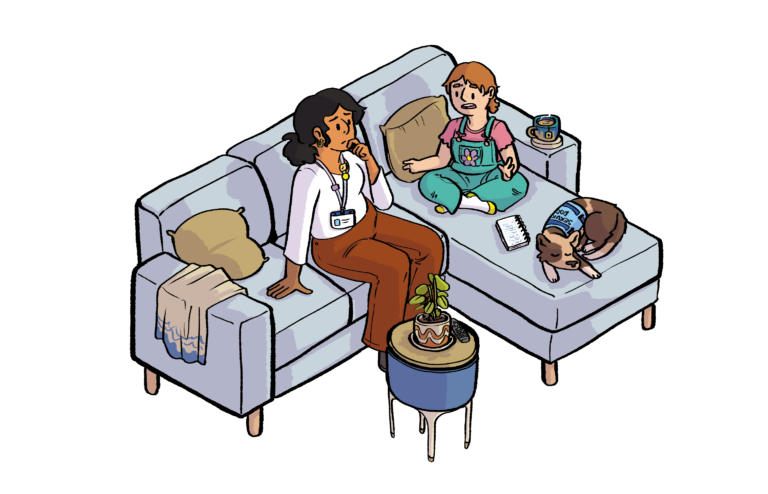Education and conversation
Not every disabled young person you work with is aware of disability pride.

In fact, a lot of disabled people have had negative experiences because of the way people view their disability, or even how they view their own disability.
Disability pride is a process for everyone – including disabled people.
In your business, there is great benefit to empowering the disabled people you work with to embrace disability pride.
Resources
One way you can encourage disability pride is by sharing resources with disabled young people to engage with at their own pace. Below are some examples that you can share with them.
-
The Youth Disability Advocacy Service's (YDAS) free modules can help disabled young people engage with disability pride and think about how it relates to them.
Map Your Future
-
Reach Out has created this blog post for young people about ways they can boost their disability pride.
How you can boost your disability pride
-
YDAS worked with a range of disabled young people to create resources about their experiences with disability pride.
Disability Pride Starts Here
Ways to encourage disability pride
Other ways you can encourage disability pride within your organisation is by facilitating discussions about disability pride or celebrating disability events (such as Disability Pride Month in July, or International Day of People with Disabilities in December).
This expands staff knowledge, and gives them the tools to include disability pride in their work.
Examples of disability pride
Share examples with staff and disabled people of disability pride in practice.
Examples
Sharing these examples can help shift attitudes about disability, and mean that disabled people receive better support.
Here are some examples of fictional books with disability pride:
– Thunderhead by Sophie Beer
– Amazing Edie Eckhart by Rosie Jones
Here are some non-fiction book examples about disability pride:
– Notes from a Queer Cripple by Andrew Gurza
– In the Country of the Blind by Andrew Leland
Here are some examples of documentaries, movies and tv shows that have disability pride:
– Defiant Lives (Australian documentary)
– Crip Camp (Netflix documentary)
Here is other traditional media representations of disability pride:
– Chronically Chilled radio show
– No Spoons to Give podcast
- Chloe Hayden
- Hannah Diviney
- Alice Wong
- Charlie Park
- Andrew Gurza
- Elly Desmarchellier
- Carly Findlay